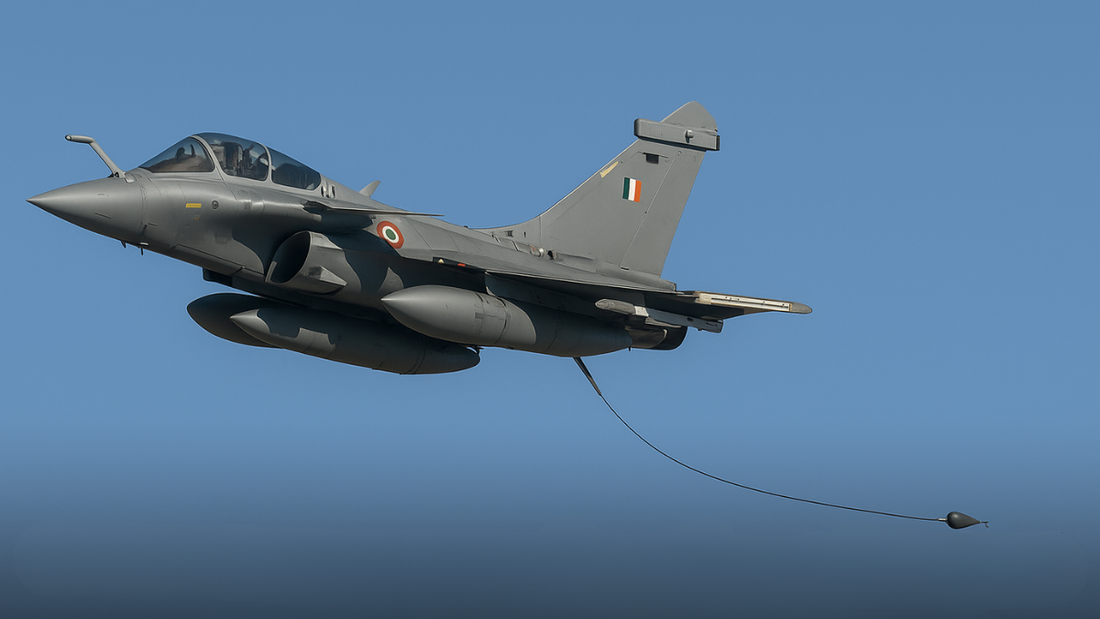AI-Driven Decoy System Credited with Indian Air Force's Success in Operation Sindoor

A former F-16 pilot from the US Air Force has praised the Indian Air Force's use of AI-driven technology during Operation Sindoor, describing it as "the best spoofing and deception ever seen." This statement followed reports indicating that Pakistan might have erroneously believed it had downed Rafale jets, which were actually safeguarded by an advanced electronic decoy system known as X-Guard.
Operation Sindoor, a military confrontation between India and Pakistan that took place over four days in May 2025, showcased the Indian Air Force's advanced electronic warfare strategies. Central to these tactics was the Rafale's X-Guard system, a fiber-optic towed decoy utilizing artificial intelligence. Developed by Rafale Advanced Defense Systems, this device replicates the radar signature and Doppler effect of a genuine fighter jet, effectively diverting enemy attacks.
Weighing only 30 kilograms, the X-Guard trails the Rafale with a 100-meter-long fiber-optic cable. It emits a 500-watt, 360-degree jamming signal, confusing enemy radar and causing missiles to target the decoy rather than the actual aircraft. Ryan Bodenheimer, a former US Air Force pilot, commended the system as transformative, suggesting it might have changed the landscape of electronic warfare.
Reports indicate that Pakistan's PL-15E air-to-air missiles, supplied by China, along with its J-10C fighter jets, struggled to differentiate between the decoy and real Rafale jets. The PL-15E reportedly locked onto the X-Guard due to its limited spoofing resistance, while Pakistan's KLJ-7A AESA radar systems were also deceived. Consequently, some of Pakistan's claims of shooting down Indian fighters may have been limited to engaging with decoys.
In contrast to older US systems like the AN/ALQ-50 or ADM-160 MALD, the X-Guard can be deployed in less than two seconds and retrieved for reuse. Its fiber-optic connection provides pilots with real-time feedback on missile activity and system efficacy, even amidst intense electronic jamming.
The X-Guard operates like a "decoy wingman," protecting the main aircraft by drawing radar and missile focus. Operation Sindoor has highlighted how future aerial combat may increasingly rely on advanced deception and electronic superiority instead of traditional dogfighting. The X-Guard's success underscores the expanding significance of AI and electronic warfare in securing air dominance.



















